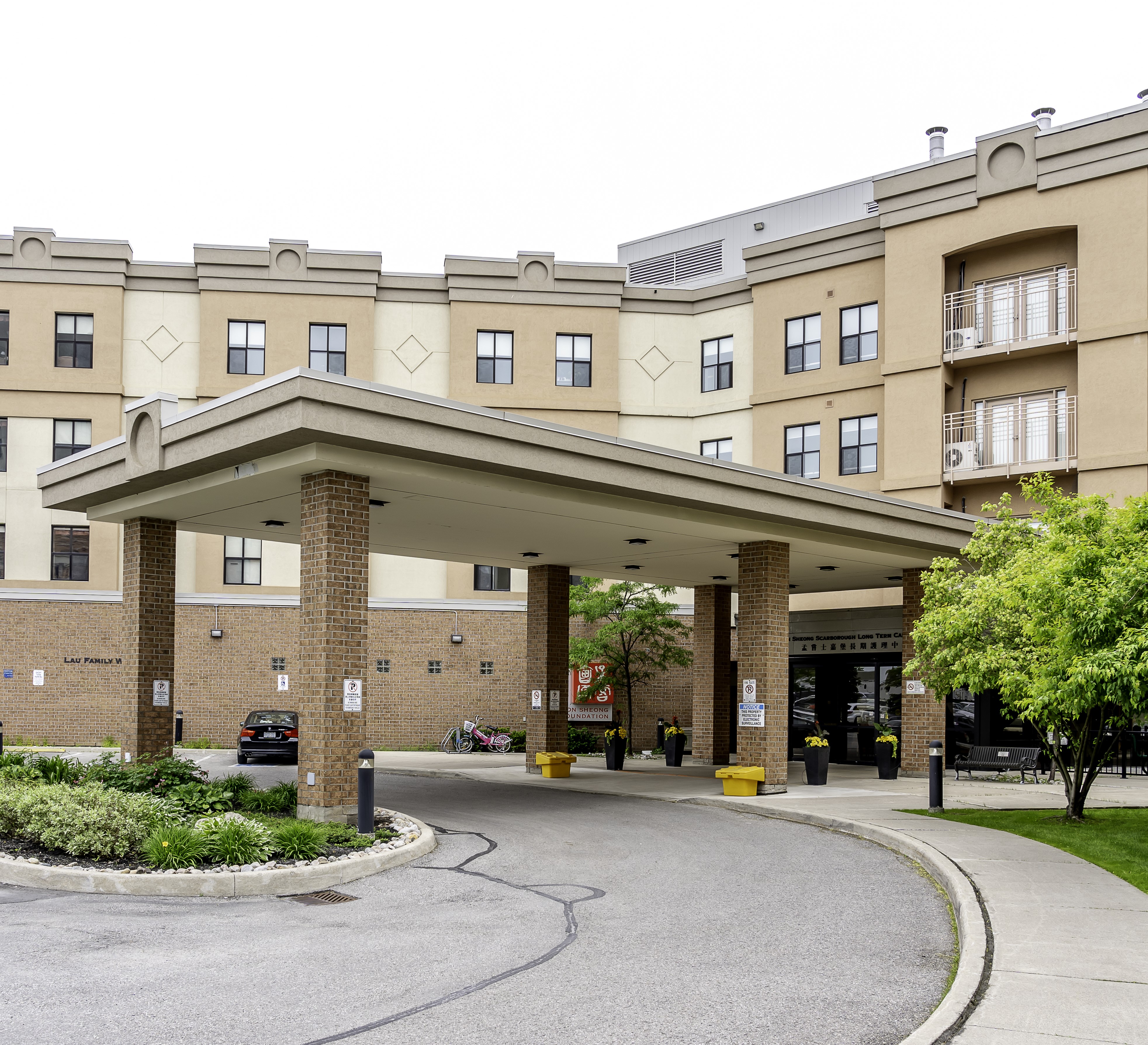
AN INQUIRY OF INQUIRIES: WHEN WILL WE COMMIT TO FIXING LONG-TERM CARE?
Eric KC Wong, Trina Thorne, Carole Estabrooks, and Sharon E. Straus | November, 25 2020
As of November 7, 2020, there were 2,026 COVID-19 outbreaks in long-term care homes (LTCH) in Canada leading to 7,366 deaths. Canada has the highest proportion of COVID-19 deaths in LTCH of all developed countries in the world; the proportion of deaths from COVID-19 in LTCHs in Canada was 81% compared with a mean of 42% in other Organisation for Economic Cooperation and Development (OECD) countries. Why is a country with a leading publicly funded health care system underperforming during this pandemic?
Ontario responded with a commission to investigate the COVID-19 long-term care (LTC) crisis, which resulted in a commitment to increase direct care hours. Other provinces, including Quebec, Alberta, and Nova Scotia, have launched their own reviews and investigations. Not surprisingly, governments want to study a problem to find the solution. However, this crisis was not new. To LTC stakeholders, such as residents, families, health providers, this crisis has been ongoing for years.
In June 2020, the Royal Society of Canada published, “Restoring Trust: COVID-19 and the Future of Long-Term care”. Its authors identified 80 Canadian LTC reports conducted over the last 30 years. In our analysis of the reports, we found 12 recommendations, each of which had been proposed up to 35 times in the past decade (see article here). The 3 most common recommendations were each cited in over 50% of the reports; specifically, (i) increase funding to LTCH, (ii) standardize or regulate quality of care, (iii) improve the education and training of care staff. Our analysis illustrates the repeated effort by various professional and non-profit organizations to examine the issues, and in some cases to sound the alarm of the LTC crisis, only to be met with inaction.
Not all organizations made the same recommendations. Government-authored reports focused mainly on improving data collection, standardizing quality of care in LTCH and improving transparency in critical incidents, such as the Wettlaufer report. Professional associations most commonly recommended reviewing the staffing mix (e.g. nurses versus nurse practitioners versus personal support workers) and increasing funding for direct care. Non-profit organizations, including policy advocates, most commonly recommended improving staff education, training, and wellness supports. The collective wisdom of various stakeholders offered a wide range of recommendations that, if implemented, could have created a resilient and well-supported LTCH workforce to confront the current pandemic.
We assessed the direct and indirect cost of these reports and estimated that over $23 million was spent on generating Canadian LTC reports, inquiries, and commissions over the last 30 years. Federal and provincial governments paid the majority of these costs. The 2019 Public Inquiry into the Safety and Security of Residents in the Long-Term Care Homes System (The Wettlaufer Report) in Ontario alone cost at least $9 million according to government estimates. One year later, Ontarians are spending more money on another LTC inquiry, with the underlying problems identified in the previous inquiries still unresolved.
As we embark on more inquiries on the present LTCH crisis, we should remember that each investigation costs money, whether directly (paid researchers, printing, and dissemination), indirectly (time donated by experts and witnesses), or as opportunity costs (lost benefit). Instead of finding the same critical deficiencies in LTC, funding should be directed towards addressing key knowledge gaps, such as appropriate staffing practices.
The Royal Society of Canada commissioned a review of the available evidence on staffing best practices in LTCHs (https://osf.io/u3an4/). The review identified 3 recommendations that will improve the quality of care immediately, without the need for further investigations. First, residents must have access to a family doctor or nurse practitioner within 24 hours at each LTCH. This access will allow timely treatment of illness and avoid unnecessary transfers to hospital. Second, specialist physicians (e.g. geriatric medicine, palliative care, geriatric psychiatry) should be available to LTC residents in situations where the primary care doctor or nurse practitioner requires support. For example, residents with dementia may develop responsive behaviours that require expert advice on appropriate treatment. Third, LTC residents should be cared for by a mix of registered nurses and registered practical nurses tailored to resident needs. There should also be access to other health providers such as pharmacists, physiotherapists, speech language pathologists, dietitians, and dentists or oral hygienists.
However, there is still more work to be done. For example, the minimum number of daily direct care hours per resident has not been determined using the scientific standard we apply to other health interventions. This presents a significant limitation to informing crucial health policies. Furthermore, the optimal mix of care staff and care team composition is uncertain, but this knowledge is key to ensuring quality of care and, more importantly, quality of life.
The COVID-19 pandemic offers us a chance to reflect as a society. We are experiencing an event that had widespread consequences on all of our lives. It will take time for us to recover economically and socially. However, older adults in LTCHs will not have the luxury of recovery. Unlike most of us, they have shouldered a disproportionate number of death due to COVID-19, which engenders great suffering and denial of dignity. Our best defense against this tragedy is immediate policy change and commitment from both federal and provincial/territorial governments to implement the recommendations that are already available. Let us proceed on a path to recovery and hope instead of retracing our steps.
This article initially appeared in the Globe and Mail on November 23, 2020.



